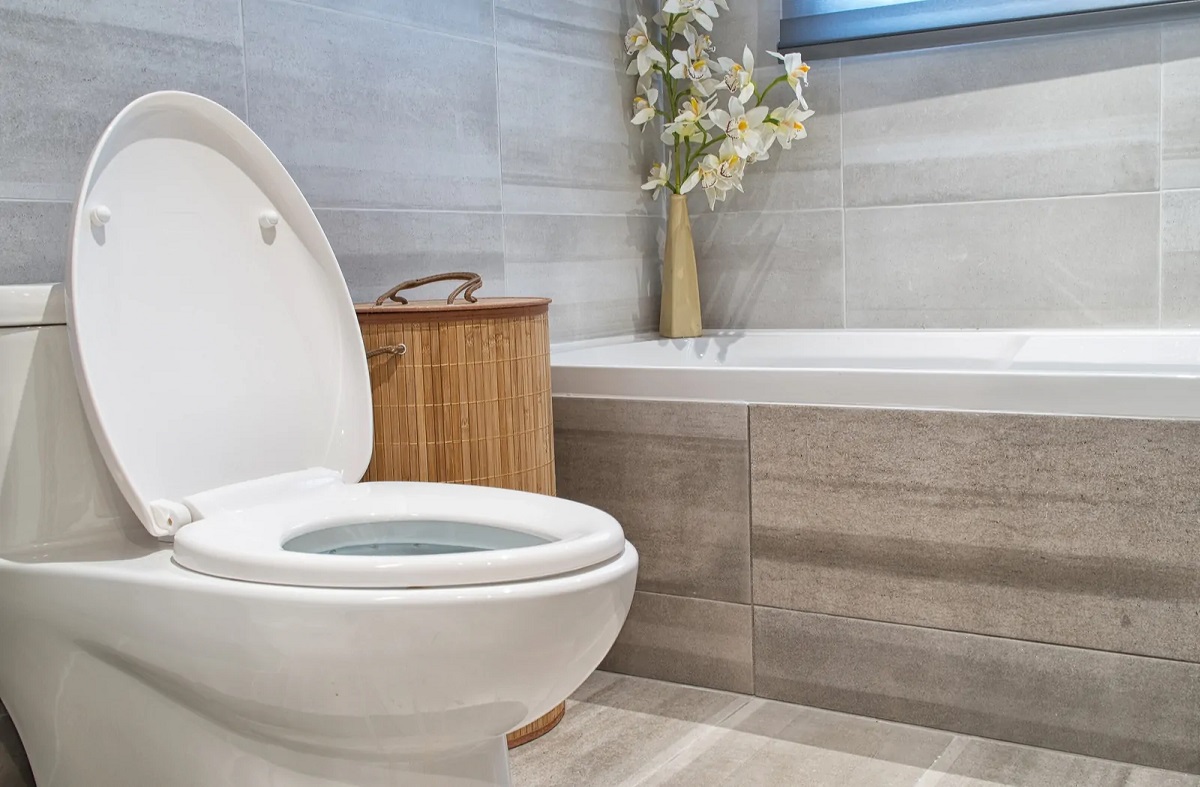

Articles
How Much Water Does A Running Toilet Use
Modified: October 20, 2024
Learn the impact of a running toilet on water usage with this informative article. Understand how much water is wasted and how to fix the issue.
(Many of the links in this article redirect to a specific reviewed product. Your purchase of these products through affiliate links helps to generate commission for Storables.com, at no extra cost. Learn more)
Introduction
A running toilet can be a frustrating and wasteful plumbing issue that not only leads to an annoying sound but also contributes to unnecessary water consumption. The constant flow of water can have a significant impact on your water bill and the environment. Understanding how much water a running toilet uses is crucial in identifying the problem and taking steps to fix it.
In this article, we will delve into the details of the water usage of running toilets, exploring the factors that contribute to increased water consumption. We will also discuss ways to measure the amount of water used by a running toilet and how it can impact overall water consumption. Finally, we will provide some useful tips on fixing a running toilet to help reduce water waste and save money in the process.
So, if you’ve ever wondered about the water usage of a running toilet and want to take action to conserve water, keep reading! Let’s dive in and gain a deeper understanding of this common household issue.
Key Takeaways:
- Running toilets can waste 1 to 3 gallons of water per minute, leading to significant water and financial loss. Identifying and fixing the issue promptly can help conserve water and reduce water bills.
- Factors such as faulty flapper valves and high water pressure contribute to running toilets. Regular monitoring and simple repairs can minimize water wastage and promote responsible water usage.
Read more: How Much Water Does Dishwasher Use
Understanding the Water Usage of Running Toilets
A running toilet occurs when water continuously flows from the tank into the bowl, even when it is not in use. This constant flow can waste a significant amount of water over time. Understanding how much water a running toilet uses is important to grasp the extent of the problem and its effects.
On average, a running toilet can waste anywhere from 1 to 3 gallons of water per minute. This means that a toilet left running for an hour can waste between 60 to 180 gallons of water. Over the course of a day, that number can skyrocket to several thousand gallons. This excessive water usage not only impacts your monthly water bill but also puts unnecessary strain on the environment.
One of the key reasons for the high water usage of running toilets is a faulty flapper valve. The flapper valve is responsible for holding the water in the tank until you flush. When it is not functioning properly, water continuously leaks into the bowl, resulting in a running toilet. Other potential causes of a running toilet include a faulty fill valve, a damaged float, or a worn-out seal.
It is essential to address these issues promptly to prevent further water waste. In some cases, a running toilet may be easily identifiable by the sound of water constantly cycling or the visible movement of water in the bowl. However, there are instances where the leakage is silent, making it harder to detect. Monitoring your water meter can help determine if there is a continuous flow of water even when water is not being used.
By understanding the water usage of running toilets, you can take the necessary steps to fix the problem and minimize water waste. In the next section, we will explore the factors that contribute to increased water consumption in running toilets, shedding further light on this issue.
Factors Contributing to Water Usage in Running Toilets
Several factors can contribute to increased water usage in running toilets. Identifying these factors is crucial in effectively troubleshooting and resolving the issue.
1. Faulty Flapper Valve: The flapper valve is a rubber or plastic seal that opens and closes to allow water to flow from the tank into the bowl during a flush. Over time, it can deteriorate or become misaligned, resulting in a constant leak and water wastage. A faulty flapper valve is one of the most common causes of running toilets.
2. Malfunctioning Fill Valve: The fill valve, also known as the ballcock valve, is responsible for refilling the tank after a flush. If this valve doesn’t shut off properly, it can lead to a continuous flow of water into the tank, causing the toilet to run. This malfunction can be due to worn-out parts or mineral deposits that affect its operation.
3. Damaged Float: The float is a mechanism that regulates the water level in the tank. If the float is broken, misadjusted, or not functioning correctly, it can lead to an imbalanced water level, causing the toilet to continuously run. This issue usually results from wear and tear over time or an improper installation.
4. Cracked or Worn-out Seal: The seal between the tank and bowl, known as the flush valve seal or spud gasket, can deteriorate over time. When this happens, water may leak from the tank into the bowl, resulting in a running toilet. Cracks or wear in the seal can occur due to age, mineral buildup, or harsh chemical cleaners.
5. High Water Pressure: Excessive water pressure can cause the fill valve to malfunction, leading to a running toilet. If your home has higher than normal water pressure, it’s crucial to install a pressure-reducing valve to prevent damage to plumbing fixtures, including toilets.
It’s important to note that these factors may not act individually but can often contribute to each other’s problems. For example, a faulty flapper valve can cause the fill valve to malfunction, resulting in a running toilet. Therefore, it’s essential to evaluate and address all potential issues to effectively resolve the water usage problem in running toilets.
Now that we have explored the contributing factors, let’s move on to the next section, where we will discuss how to measure the amount of water used by a running toilet.
Measuring the Amount of Water Used by a Running Toilet
Measuring the amount of water used by a running toilet is an essential step in understanding the extent of the problem and assessing its impact on water consumption. There are several methods you can use to measure the water usage of a running toilet.
1. Water Meter Method: One of the most accurate ways to measure water usage is by checking your water meter. Start by turning off all water sources in your home, including faucets and appliances. Take note of the water meter reading and wait for a specific period, such as 1 hour. After the designated time, recheck the water meter reading. If the reading has increased, it indicates that water is continuously flowing through the meter, likely due to a running toilet.
2. Dye Test Method: Another simple method is the dye test. Add a few drops of food coloring or a dye tablet into the toilet tank. Let it sit for a few minutes without flushing. If the water in the toilet bowl changes color without flushing, it indicates a leak from the tank into the bowl, which can be a result of a running toilet.
3. Listen for Continual Refilling: Sometimes, a running toilet can be identified by sound. If you hear the toilet tank constantly refilling even when it hasn’t been flushed, it suggests that there is a continuous water flow due to a faulty component.
Tracking the amount of water used by a running toilet is crucial for two reasons. First, it helps quantify the extent of water wastage, making you aware of the financial and environmental impact. Second, it provides essential information when you seek professional help for fixing the issue, allowing them to better understand and address the problem.
Once you have determined that you have a running toilet and have measured the water usage, it’s time to take action to reduce the wastage. In the next section, we will explore the impact of running toilets on water consumption and discuss ways to fix the issue.
A running toilet can waste up to 200 gallons of water per day. To check for a leak, add a few drops of food coloring to the tank and see if it appears in the bowl without flushing. If it does, you likely have a leak.
Impact of Running Toilets on Water Consumption
Running toilets can have a significant impact on water consumption, leading to wastage and higher water bills. Understanding the implications of a running toilet can help motivate you to take immediate action and make necessary repairs.
1. High Water Usage: A running toilet can waste a substantial amount of water. The constant flow can lead to gallons of water being wasted each day. This not only impacts your monthly water bill but also puts unnecessary strain on local water resources. By fixing a running toilet, you can significantly reduce your water consumption and contribute to water conservation efforts.
2. Financial Cost: A running toilet can lead to higher water bills. The wasted water accumulates over time, resulting in increased costs that can be avoided. By addressing the issue promptly, you can save money and allocate those funds towards other essential needs.
3. Environmental Impact: Wasting water has a direct impact on the environment. Water is a precious resource, and running toilets contribute to unnecessary water consumption. Conserving water helps protect ecosystems, supports water availability for future generations, and reduces energy consumption associated with water treatment and distribution.
4. Community Water Resources: In regions prone to drought or areas with limited water resources, running toilets can strain the local water supply. By fixing running toilets, you actively participate in responsible water usage, ensuring that water resources are available for various needs, including agriculture, industry, and other household uses.
Addressing a running toilet not only benefits you financially but also helps promote sustainable water usage and environmental stewardship. Now, let’s move on to the next section to explore ways to fix a running toilet and reduce water wastage.
Fixing a Running Toilet to Reduce Water Usage
If you have identified that you have a running toilet, it’s important to take action to fix the issue and minimize water wastage. Fortunately, many running toilet problems can be resolved with simple repairs or adjustments. Here are some steps you can take to fix a running toilet and reduce water usage:
1. Check the Flapper Valve: The flapper valve is often the culprit behind a running toilet. Inspect it for any signs of damage, wear, or misalignment. If necessary, replace the flapper valve with a new one to ensure a proper seal and prevent water leakage.
2. Adjust the Fill Valve: The fill valve controls the water level in the tank. If the water level is too high, it can lead to constant overflow and a running toilet. Adjust the fill valve to a lower water level to prevent unnecessary water consumption.
3. Replace a Faulty Fill Valve: If the fill valve is malfunctioning and cannot be fixed through adjustment, consider replacing it with a new one. A faulty fill valve can cause continuous water flow and lead to a running toilet.
4. Check and Adjust the Float: The float helps regulate the water level in the tank. Check if the float is functioning properly. If it is damaged or misaligned, adjust or replace it to ensure it correctly controls the water level and prevents water from continuously flowing into the tank.
5. Inspect the Flush Valve Seal: The seal between the tank and bowl can deteriorate over time and lead to water leakage. Check for cracks or signs of wear in the seal. If needed, replace it to maintain a proper seal and prevent water wastage.
6. Adjust the Chain or Lift Wire: If the chain or lift wire connecting the flush handle to the flapper valve is too long or too short, it can interfere with the proper functioning of the valve. Adjust the length to ensure smooth and efficient flushing without unnecessary water leakage.
7. Consider Professional Help: If you have attempted these basic repairs without success or are unsure about diagnosing the issue, it may be best to seek professional assistance. A plumber can thoroughly inspect your toilet, identify any underlying problems, and provide the necessary repairs or replacement parts.
By addressing these issues and fixing a running toilet, you can significantly reduce water usage, save money on water bills, and make a positive impact on the environment. Remember to regularly check your toilet for any signs of leaks or running water to catch potential problems early and prevent wastage.
Now that you have the knowledge and steps to fix a running toilet, you can take action to resolve the issue and contribute to water conservation efforts.
Conclusion
Running toilets are not only annoying but also contribute to excessive water consumption and higher water bills. Understanding the water usage of running toilets is crucial in identifying and resolving the issue. By taking the necessary steps, you can minimize water waste and make significant savings.
In this article, we discussed the water usage of running toilets and explored the factors that contribute to increased water consumption. We also learned how to measure the amount of water used by a running toilet and discussed the impact of running toilets on water consumption.
Furthermore, we provided practical solutions for fixing a running toilet to reduce water usage. Checking and repairing components such as the flapper valve, fill valve, float, and flush valve seal can help restore your toilet’s proper functioning and prevent water wastage.
Fixing a running toilet not only saves water and money but also contributes to environmental conservation. By reducing water consumption, we can preserve this vital resource and support sustainable practices for the benefit of present and future generations.
Remember, it’s essential to regularly monitor your toilets for any signs of leaks or running water, so you can address the issue promptly. Small repairs and adjustments can go a long way in reducing water waste and promoting responsible water usage.
By incorporating these practices into our daily lives, we can all contribute to a more sustainable future. Let’s be mindful of our water usage, fix running toilets, and play our part in conserving water resources for a better world.
Now that you've learned how much water a running toilet can waste, why stop there? Dive into our guide on home repair for practical advice on maintaining and enhancing your home's functionality. For those keen on specific fixes, our piece on toilet repair offers innovative solutions for the year ahead. Both articles provide valuable insights and easy-to-follow tips that ensure your home stays in tip-top shape, saving you time and money.
Frequently Asked Questions about How Much Water Does A Running Toilet Use
Was this page helpful?
At Storables.com, we guarantee accurate and reliable information. Our content, validated by Expert Board Contributors, is crafted following stringent Editorial Policies. We're committed to providing you with well-researched, expert-backed insights for all your informational needs.
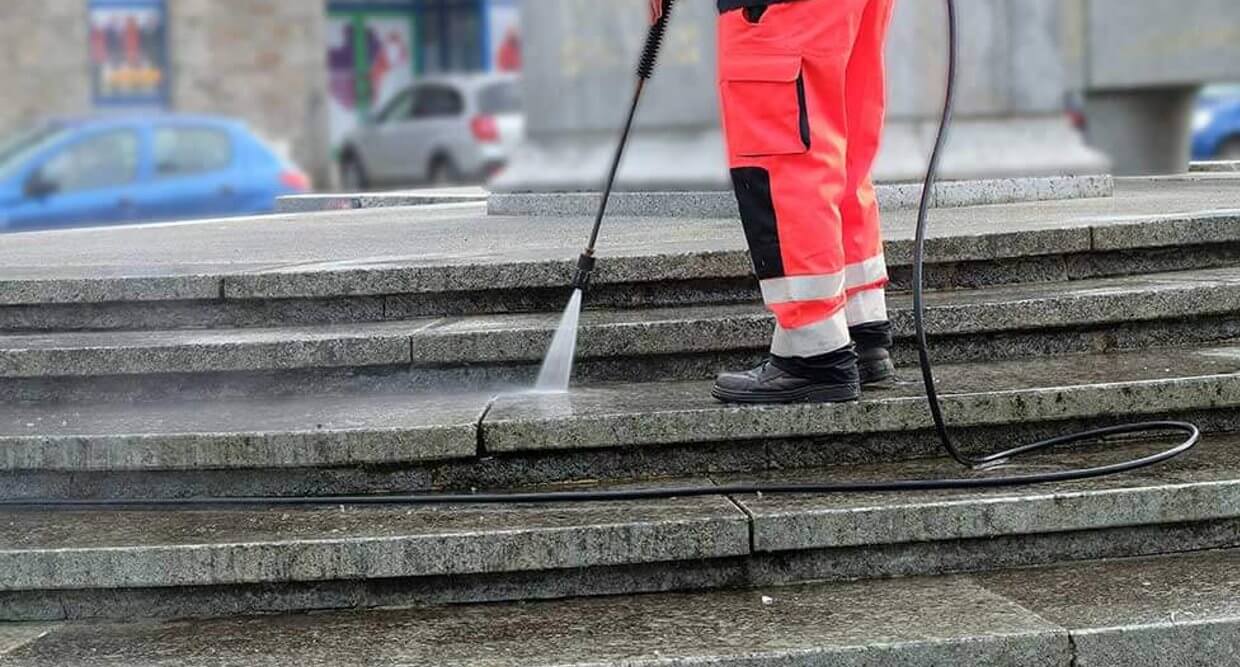
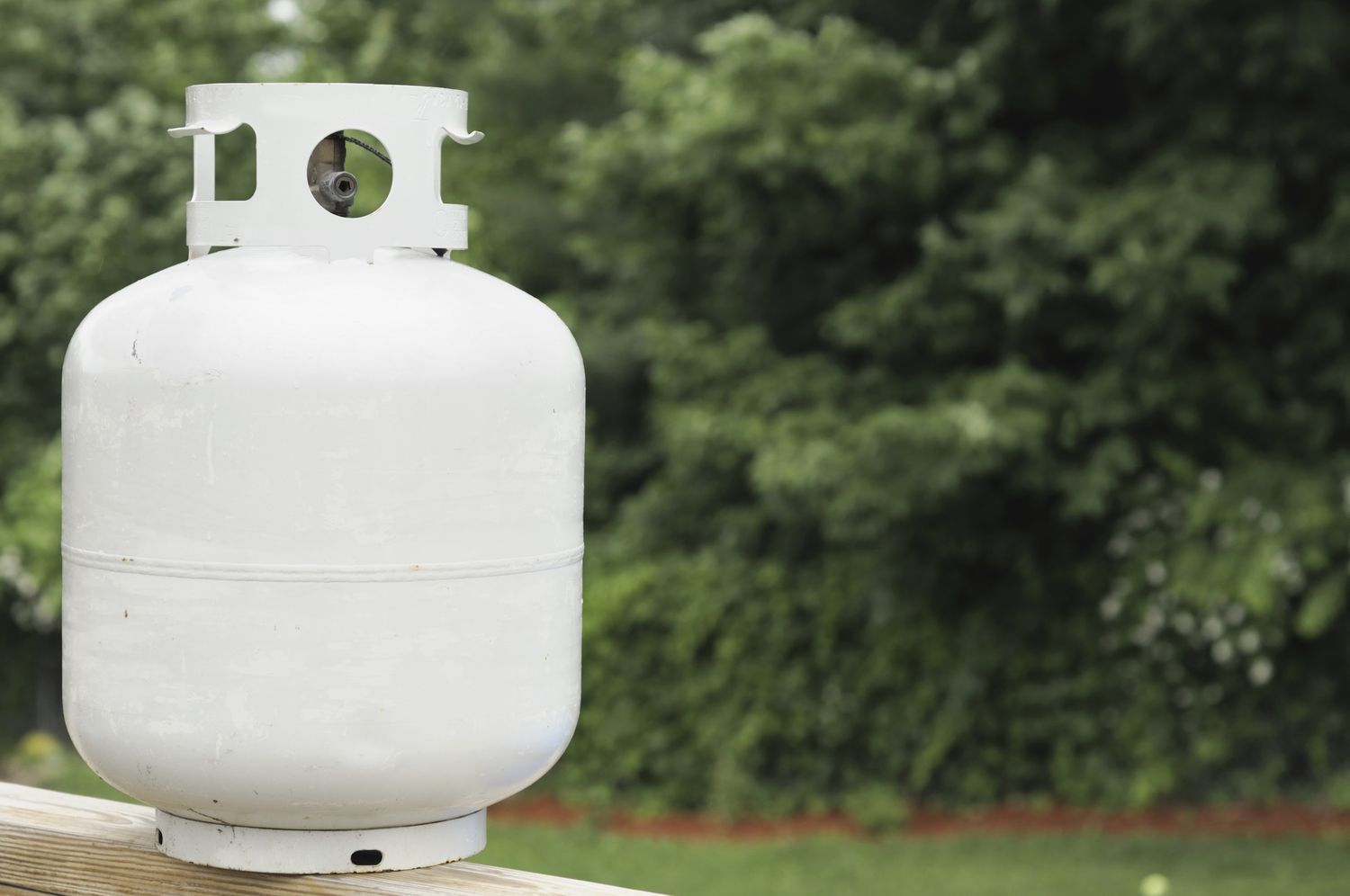

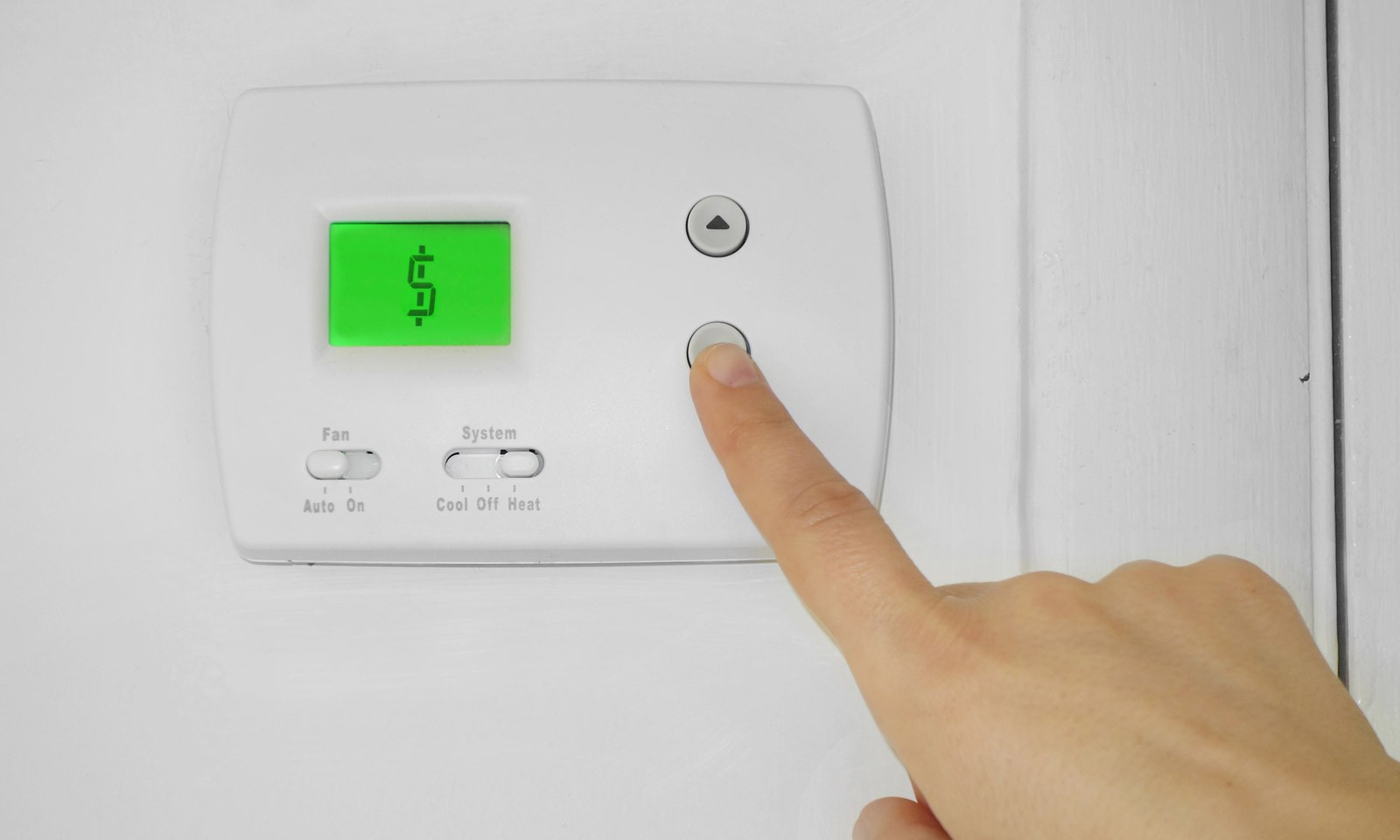
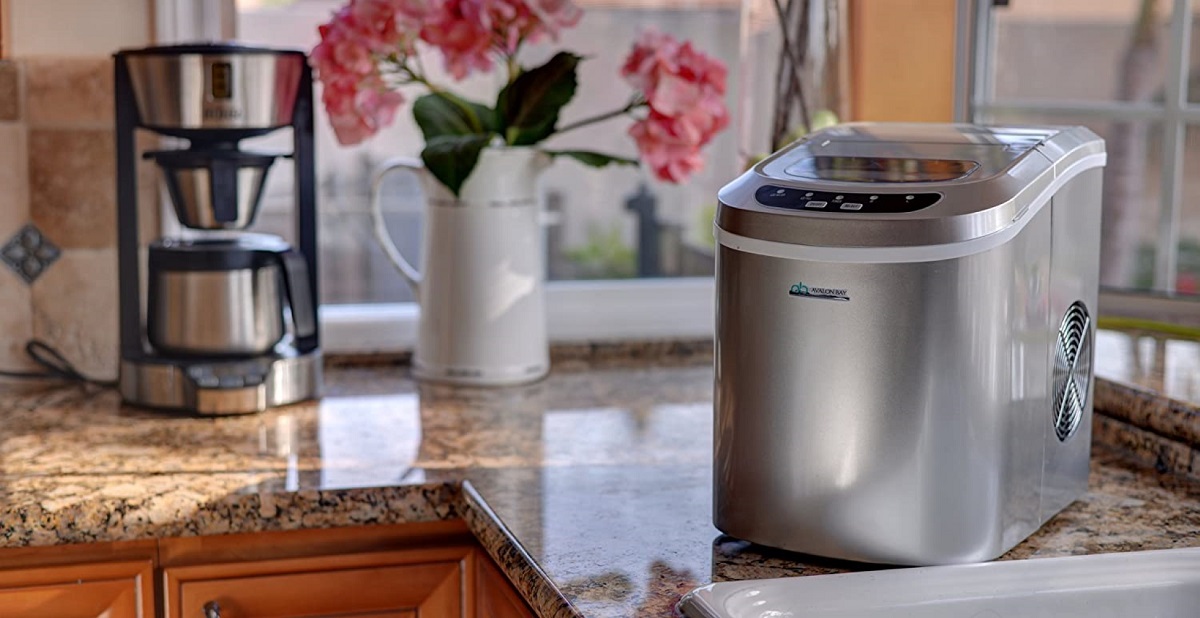
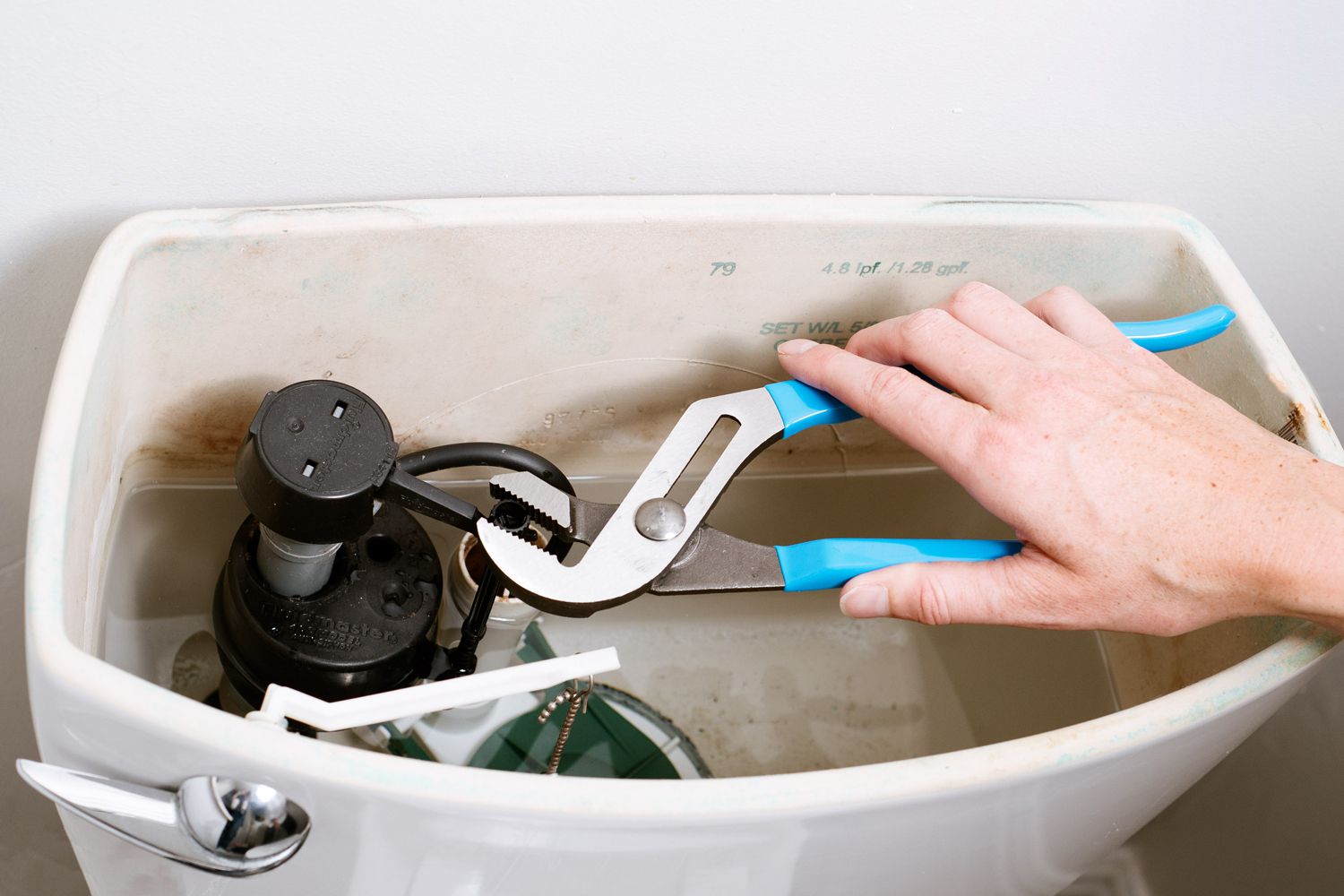
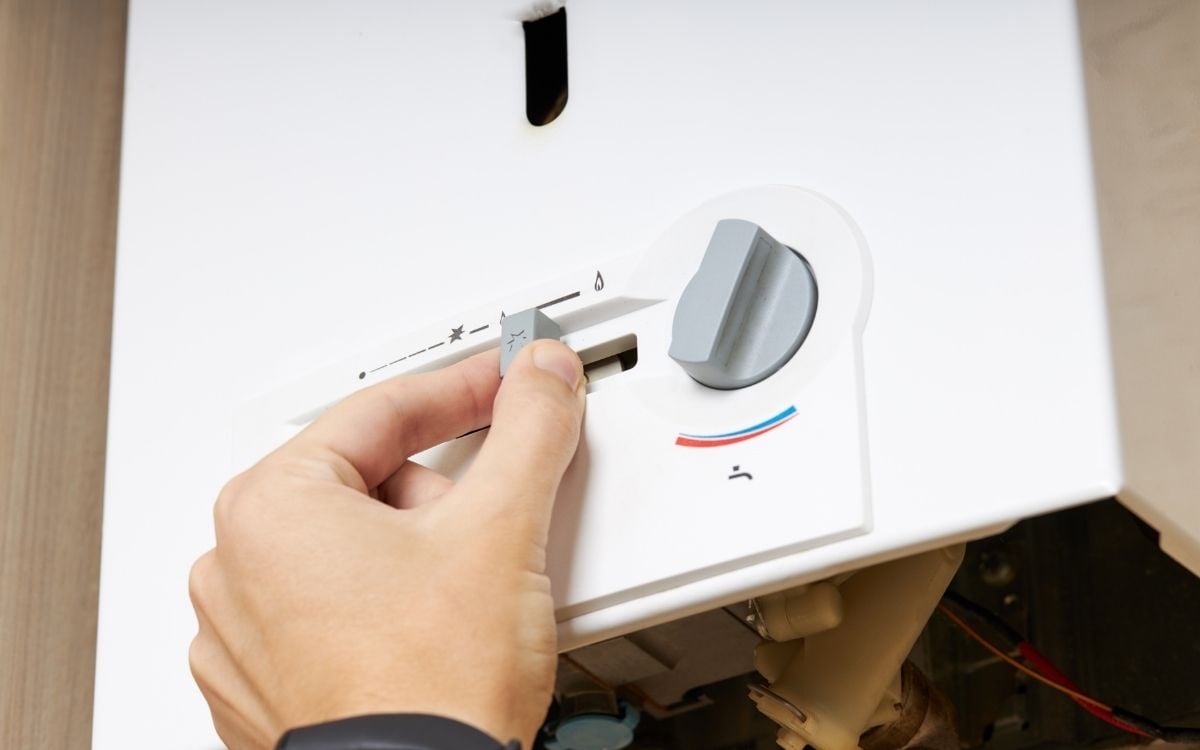
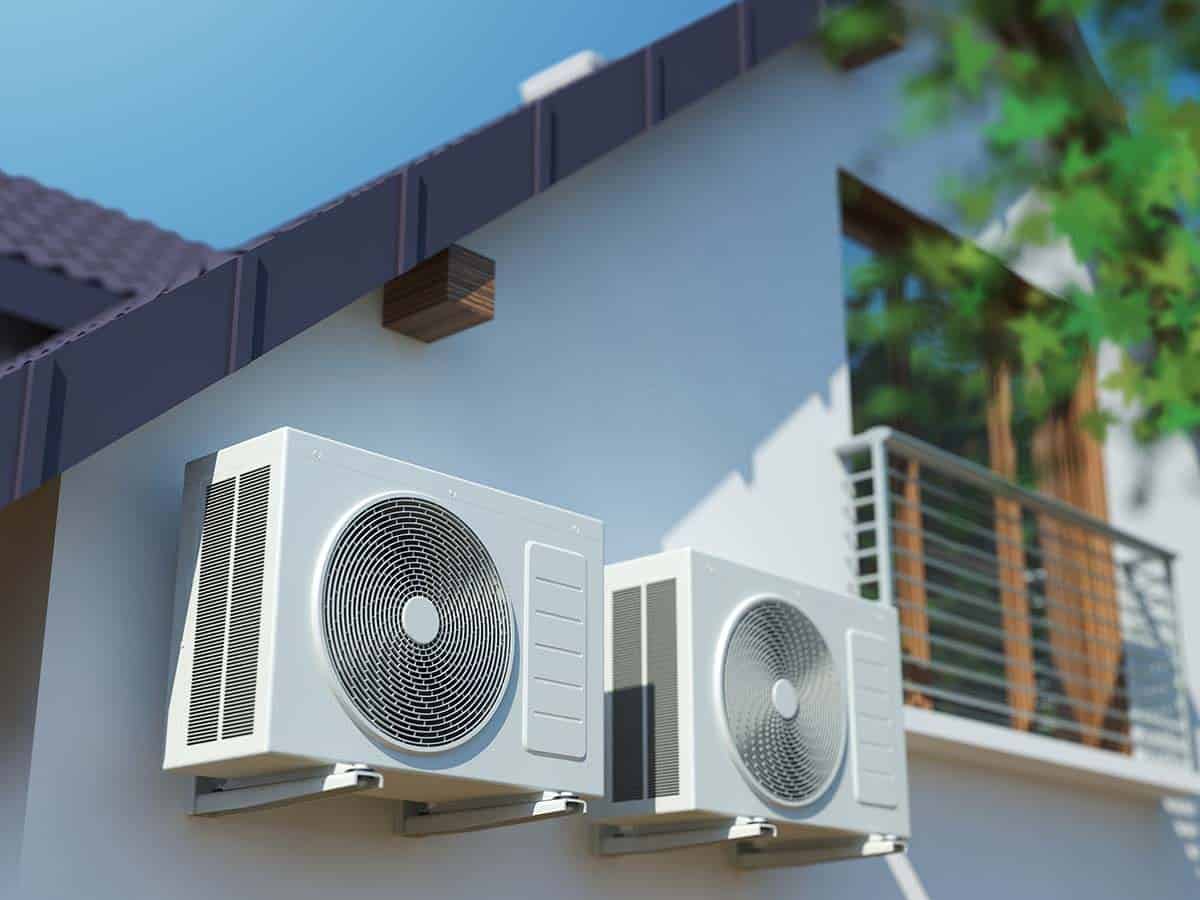


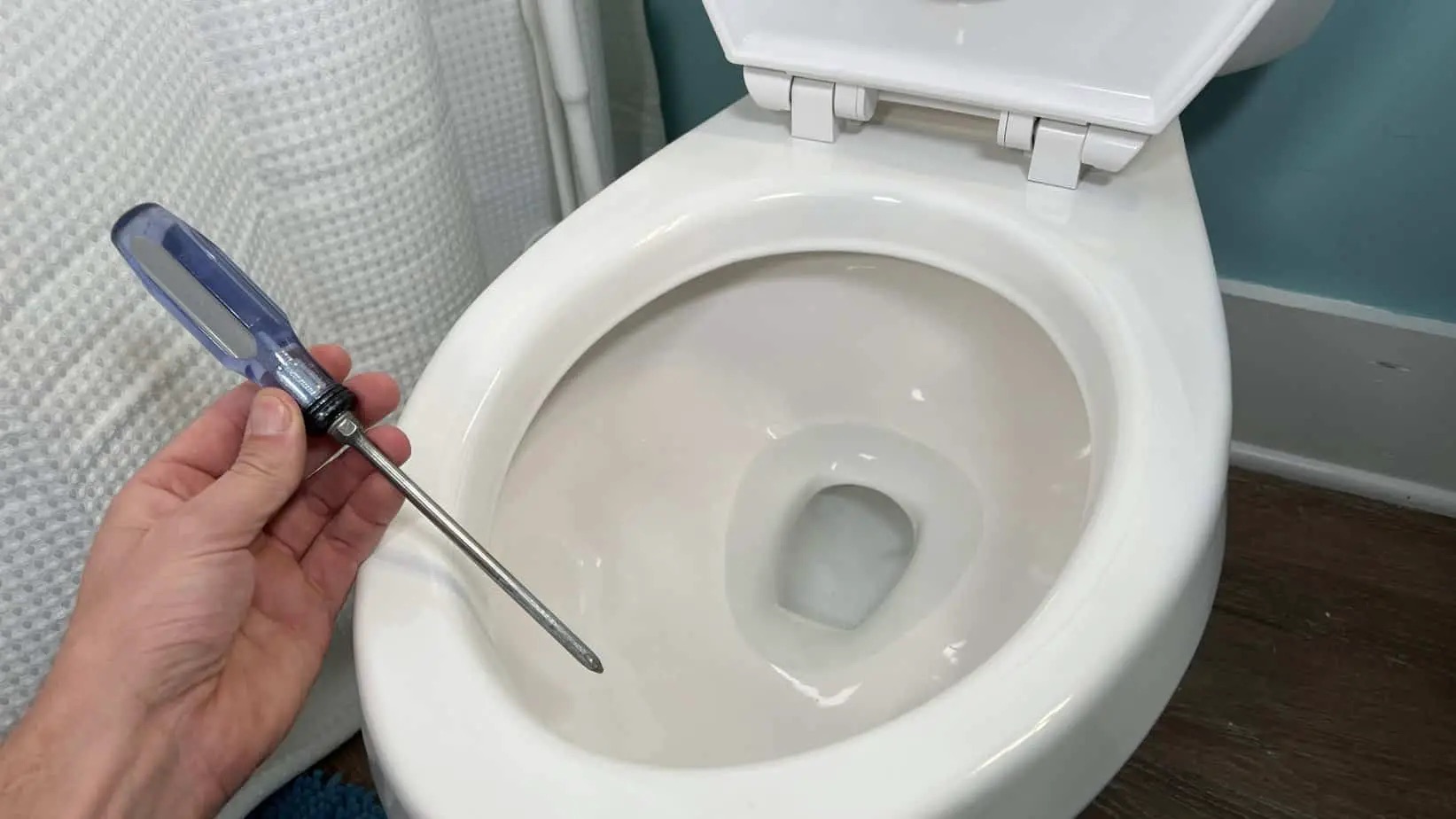

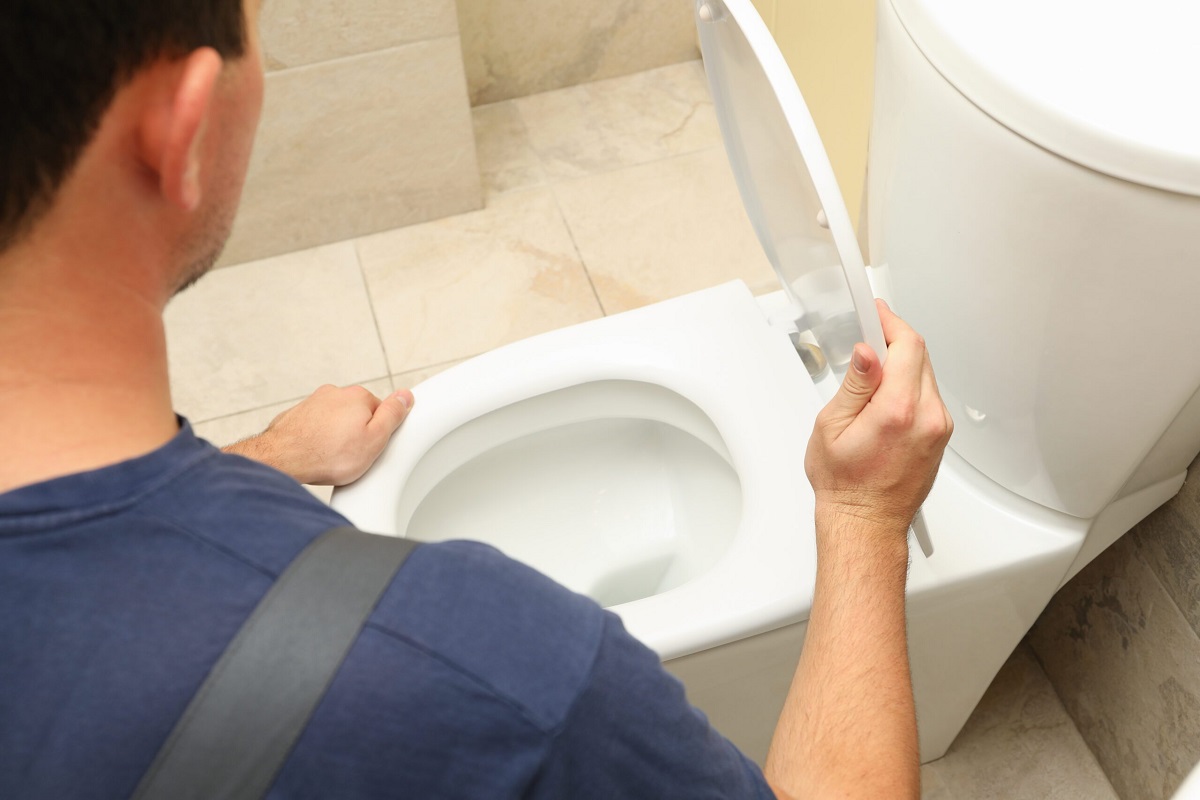
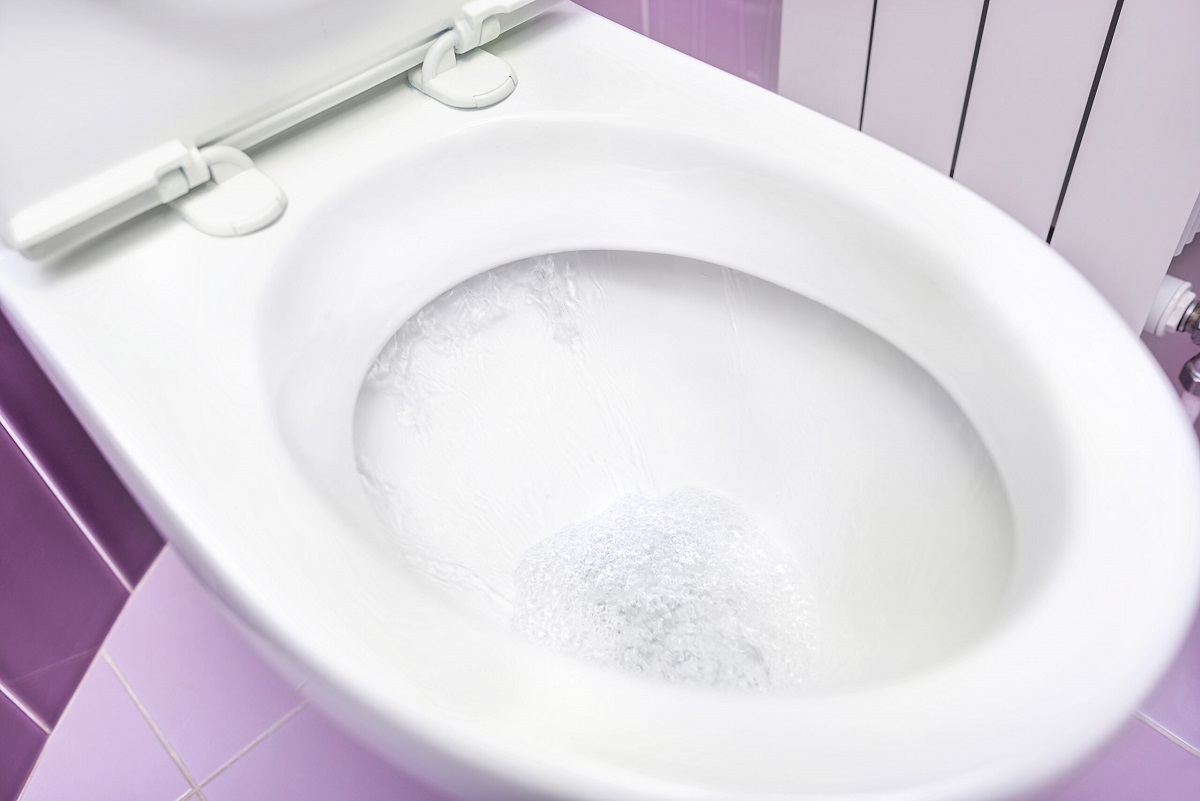

0 thoughts on “How Much Water Does A Running Toilet Use”